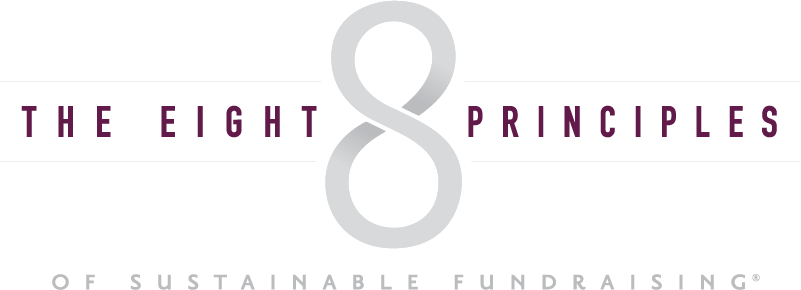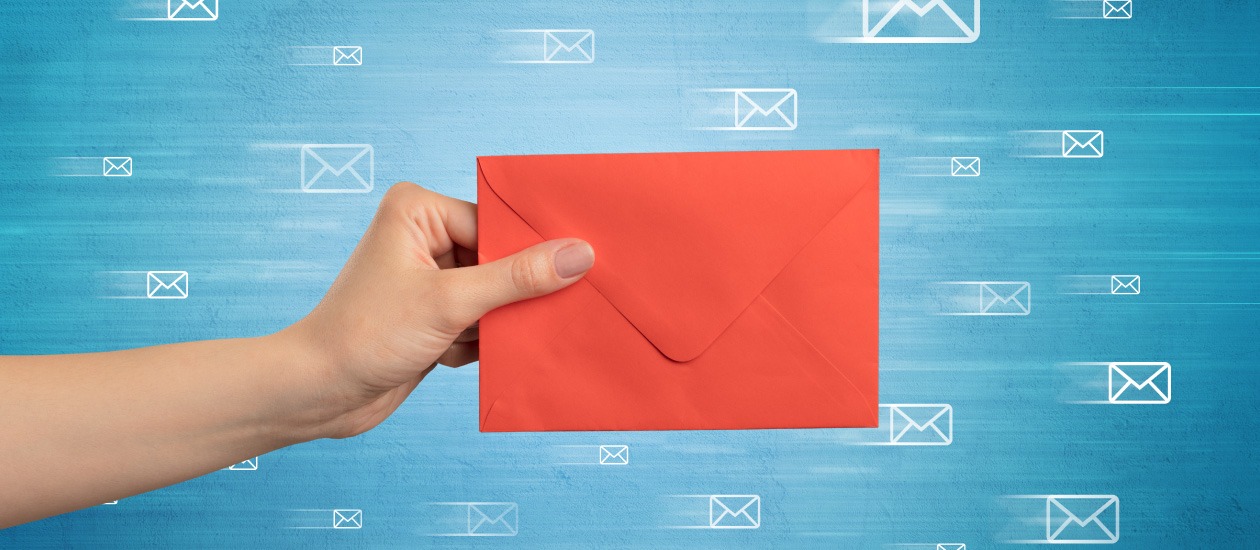In this guest post, Grant Cobb at GivingMail, shows how direct mail remains a powerful fundraising communication tool—even in the digital age.
As fundraising technology evolves, so do the possibilities for how to fundraise. As much as your nonprofit would like to explore every avenue, it’s likely you’ll need to set fundraising priorities and assess your outreach options based on what has the most potential for success. For many nonprofits, deepening their connection to donors to earn sustainable fundraising ranks high amongst their priorities.
With the popularity of email and social media marketing, direct mail may seem outdated. However, as GivingMail’s guide to fundraising appeals explains, as of last year direct mail is still the most popular way for individual donors to give. Additionally, the prominence of online outreach has caused direct mail to feel more personal for many donors, improving its effectiveness for relationship building.
Nonprofits can leverage direct mail in their donor outreach campaigns in two primary ways:
- Initial Contact
- Long-term Stewardship
Both of these approaches have a variety of benefits that directly contribute to improved donor relationships, helping to build your nonprofit’s supporter base and sustainable fundraising efforts. This article will explain further how both your initial contact through direct mail and continual long-term stewardship can have a profound, positive impact on your donor outreach campaign.
Initial Contact
The first piece of direct mail you send your supporters can set the tone for the rest of their relationship with your nonprofit. While it is tempting to send a fundraising letter or other donation request right off the bat, starting your direct mail engagement with an informative or personal letter can garner initial donor investment that may lead to more beneficial, lasting relationships.
Principle 2 of The Eight Principles® is Begin at the Beginning™. Simply stated, that is communicate to your supporters and potential supporters in manner, language and timing that is meaningful to them.
To create a successful first impression with your direct mail outreach, consider your letters’ content carefully as well as how you present your organization. The right combination of personal touches, professionality, and physical materials can set your nonprofit up for long-term success.
Personalization
Your supporters want to form a connection with your nonprofit, and you can help them do so by recognizing them as individuals. Personal letters and invitations that address supporters by name make them feel seen, and with the added sentimentality behind physical mail, touches like this can further endear your nonprofit to potential donors.
There are two kinds of personalization: personalization and segmentation. Both can be used in your direct mail outreach to great effect separately, and produce even better results when used together. Here is a breakdown of both concepts:
- Personalization. Personalization refers to using specific, personal details about individual supporters in your communication with them. As mentioned, this can include using their name, but also their past participation in your nonprofit such as donations made, events attended, or years subscribed to your mailing list. Referencing these details shows that you have paid attention to your donors and appreciate their previous involvement.
- Segmentation. Segmentation involves dividing supporters into groups based on shared characteristics. For example, you might segment supporters based on how long they’ve been in contact with your nonprofit. Doing so could help you create one set of letters for new supporters welcoming them to your nonprofit’s community, and another set for supporters who have been with you for years, thanking them for their continued support.
Other direct communication methods such as email can use these approaches as well, but direct mail is often more effective due to the medium feeling more personal than digital outreach. However, your online marketing and traditional mail campaigns can support each other, and if both make use of personalization and segmentation, you can create a truly unique experience for each donor.
Brand Recognition
Before you ask them for donations, prospective donors need to know what your nonprofit is all about. If your nonprofit makes effective use of multiple communication channels, there is a chance that your donors may first see your nonprofit on a different platform before they receive your direct mail appeals. Make sure that all of your outreach documents are branded to your nonprofit to avoid confusion over what your nonprofit is.
Consistent branding not only helps you differentiate your nonprofit from similar ones, but it also increases the effectiveness of your outreach approach on each platform.
For example, your supporters are more likely to notice your branding elements on a piece of direct mail due to physically interacting with your letter. Then, when they check their email or scroll through social media, your messages on those channels will stand out more as they are now familiar with your nonprofit’s name, logo, and colors.
High-quality Materials
One advantage direct mail has over digital media is its tangibility. Supporters retrieve, pick up, and open your letters, while they may scroll past your emails. While emails rely on eye-catching subject lines to convince supporters to give them a chance, your mailed materials can intrigue supporters with the material and document type you choose to send.
Some supporters may even keep particularly well made direct mail documents in their homes. This can apply to fundraising letters but is especially true for more creative mailable documents, including:
- Thank you cards. Sending handwritten thank you cards conveys your nonprofit’s gratitude in a way few other outreach materials can. If individually writing each card sounds overwhelming, consider getting volunteers to write each card, then have your director personally sign them.
- Postcards. Postcards consist of a short, snappy message about your nonprofit on one side and an attention grabbing image on the other. Postcards are a great way to spread awareness of your nonprofit’s brand and can also serve as marketing materials for your upcoming event or informative documents about new initiatives. For example, you might use a picture of your constituents (with their permission of course!) to help convey the impact each donor has when they contribute.
- Calendars. An annual calendar can sometimes serve as an annual reminder to donate. Nonprofits that operate in fields that lend themselves to compelling images can provide their supporters with a useful item that ensures supporters think about their organization at least once every day. For example, a nonprofit dedicated to rainforest conservation may create a calendar featuring beautiful landscapes or photos of wildlife.
In addition to paper materials, your nonprofit can also send small physical items to supporters through the mail as well, including stickers, t-shirts, and water bottles. Branded items like these help reinforce your supporters’ connection to your nonprofit, and further spread your organization’s name whenever they display them in public.
Long-term Stewardship
Donor retention is a high priority for many nonprofits, and for good reason. Principle 7 of The Eight Principles® is Renew & Refresh™. First retain your current supporters at the highest rate possible. Then acquire new donors to refresh and expand your outreach.
While one-time donations are always welcome, long-term donors provide reliable revenue streams, and some of them have the potential to grow their contributions throughout their relationship with your nonprofit.
Of course, before you can think about asking your long-term donors to give more, you’ll need to solidify your nonprofit’s connections with them. Direct mail can help keep your current donor relationships strong and continue to build them over time.
Repeat Contact
How often should nonprofits contact their donors? How many times should you reach out to them before asking for a donation?
Answers to these questions vary, but it’s generally considered good practice to keep up semi-regular communication with all of your supporters with more intense and focused communication at key points of their engagement. For example, you might send more unique, welcome-focused documents to new supporters alongside your regular newsletters and outreach materials.
Keeping up regular contact across multiple channels increases your nonprofit’s effectiveness at converting supporters. This means the question shouldn’t be whether or not to contact supporters via email or direct mail, but rather what messages should you send when you reach out to them through both channels.
Producing content for multiple communication channels can be overwhelming, which is where templates come in handy. These templates offer an in-depth walkthrough of not just what you should include in your fundraising letters, but also how you can customize them to align with your nonprofit’s unique situation.
Build Connections
Donor lapse is a serious problem, especially since the recapture rates are so low and recurring donations are so valuable. 360MatchPro’s fundraising statistics report estimates that recurring donors give 42% more than one-time donors over the course of a year, meaning that your current donor base is one of your nonprofit’s most valuable assets for sustainable fundraising.
Direct mail can help your nonprofit maintain relationships with recurring donors over long periods. Through direct mail, you can send these donors physical reminders of your nonprofit and their relationship with it, as well as personalized invitations that reflect their history with your organization.
Maintaining regular contact across multiple channels can be a challenge, so some nonprofits invest in direct mail services to get advice on how to improve their traditional mail donor outreach approach, making the most of each letter. Digital marketing hasn’t replaced traditional mail outreach just yet, as direct mail can help nonprofits create a strong first impression with personalized, high-quality letters. Then, follow-up letters can help solidify connections and encourage your supporters to continue giving and interacting with your nonprofit.
Grant Cobb is a fundraising specialist with over six years of experience in the nonprofit space. Currently the head of marketing and analytics at GivingMail, he is a huge proponent of data-driven decision-making and the push to bring high-level analytics and fundraising to all.



